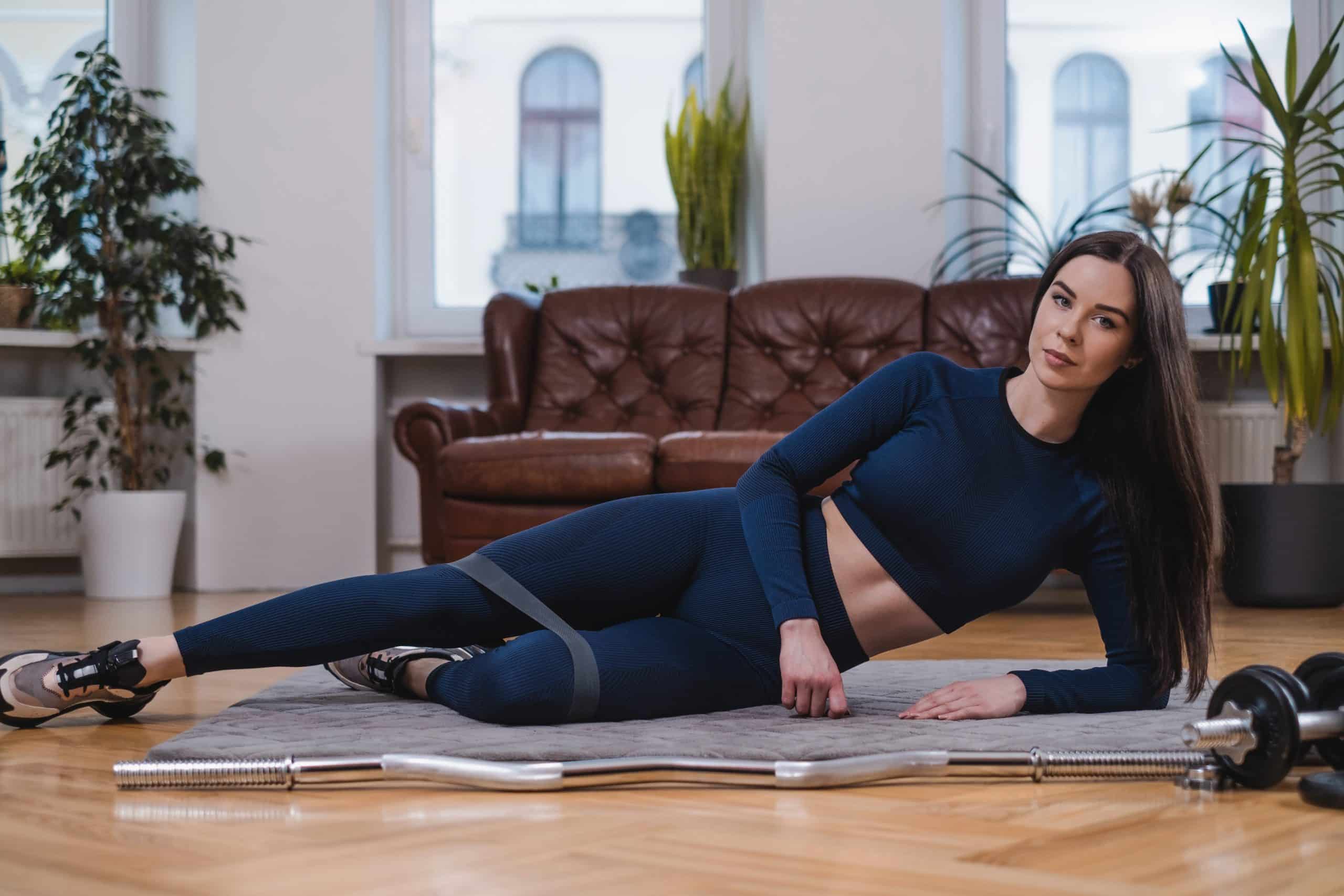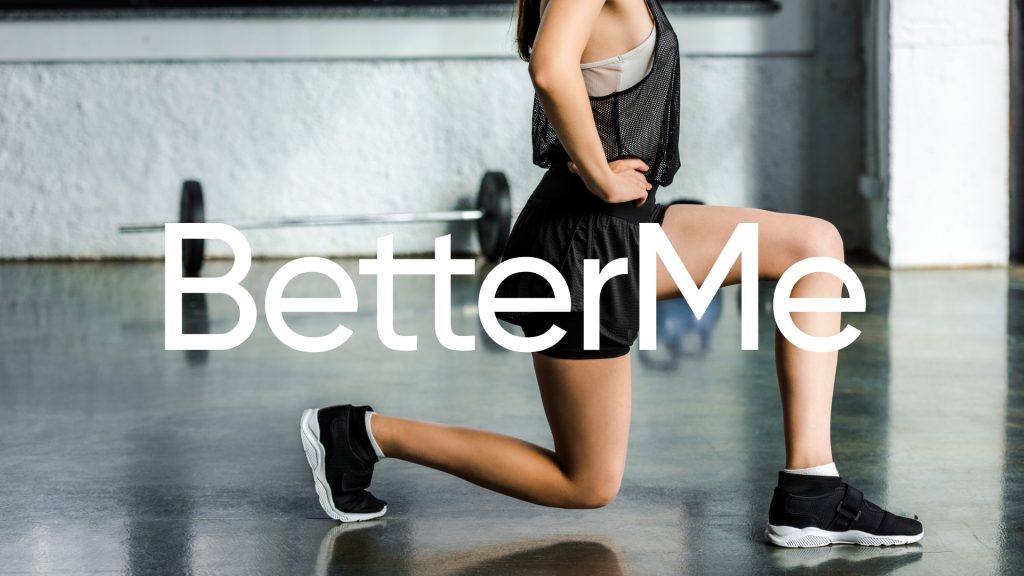When it comes to working out, one of the most important yet somehow disregarded parts of a workout is stretching. While warming up before, then cooling down after a workout may seem like a negligible part of a workout, they are rather extremely vital. They not only improve your performance but also reduce your risk of injury during your exercise routine. When it comes to warmups and cool-downs, static stretching and dynamic stretching exercises are two of the most commonly mentioned and used exercises. But between these two types of stretching, which one of them is better? Should you use static or dynamic stretches first? Can you randomly switch out these exercises and still achieve the same result? In today’s article we shall be looking more into the difference between static vs dynamic stretching, not only to answer the above questions (and more) but also to understand the effectiveness of each routine and why we should use each one.
Get your personalized
meal plan!
Static Vs Dynamic Stretching: Meaning
Understanding the difference between dynamic stretching vs static stretching is the easiest way to properly differentiate these two routines and know when to use them (7, 5).
Static stretching involves either sitting, standing, or lying down and holding a muscle in a single stretched position for a period of time – usually up to 30 seconds without moving. Simply stretch a given muscle (or group of muscles) to their furthest point and just hold.
On the other hand, dynamic stretching involves movement. In dynamic stretching you do slow and controlled movements to help your joints and muscles go through their full range of motion. To do a full stretch, people often do sets of 8 to 12 repetitions of the same movement. Dynamic stretches are meant to mimic the workout you are about to do. E.g. If you are about to go for a walk or a run, your warm up would include jogging or walking in place would be a dynamic stretching exercise that you could do to get you ready for the main workout.
Read More: Static Stretches: The Five Must Haves In Your Stretching Routine
Static Stretching vs Dynamic Stretching: Differences
For a better understanding of how these two types of stretches differ, here is a table outlining the major differences:
| Static Stretching | Dynamic Stretching |
|---|---|
| Stationary – Hold still throughout the stretch | Active and includes movement of muscles/limbs |
| Each stretch is help for at least 30 seconds (45 seconds at most) | Involves repetitive movements done in sets with 8 – 12 reps |
| Done after a workout as part of a cool down session | Done before a workout as a warm up |
| The goal is to slowly decrease your heart rate after a workout | The goal is to gradually increase your heart rate and warm up your muscles (by sending more blood to the muscles) before a workout |
| Often targets a single muscle group at a time | Targets multiple muscle groups at a time |
FAQs
Would You Do Static Or Dynamic Stretches First?
If you are about to workout, dynamic stretches come before the workout and static stretches come after the workout. The reason for this, as seen in the table above, is that dynamic stretches are
- A good way to get your heart rate up and your muscles warmed up
- Because dynamic stretches/exercises usually mimic the workout you are about to tackle they get the body, muscles, and joints ready for the workout
- Warmed up muscles are less stiff, more flexible and have more range of motion which reduces your risk of injury
- Research shows that dynamic stretches before a workout/sporting event can increase athletic performance and even help you do heavier lifts (1, 3).
Static stretches are best left for after a workout because
- Stretching a muscle to the max and holding it in position helps release stress and tension from the muscle which promotes relaxation
- Like dynamic stretching, static stretches done after a workout increase blood flow, flexibility, and range of motion of the muscles you just put to work which leads to better recovery with reduced stiffness and pain (4, 2, 6).
Is Dynamic Or Static Stretching Better?
Both dynamic and static stretching are important in their own right and neither should be held in higher regard over the other. Remember that these two types of stretching exercises help
- Reduce your risk of injury in and out of the gym
- Improve your balance, posture and coordination
- Improve both your athletic performance and the performance of day-to-day activities
- Increase blood, nutrient and oxygen circulation in your muscles
- Help your joints move through their full range of motion
- Increase general flexibility
If you wish to free yourself from all the extra pounds that have been weighting you down for way too long, start using the BetterMe app and overhaul your entire life!
What Are Some Static Vs Dynamic Stretching Examples?
As stated above, static stretches are stationary while dynamic stretches are active requiring movement. Some examples of dynamic stretches would include walking lunges, leg pendulums, and torso twists. On the other hand, static stretching would include examples like:
- Hamstring stretch – lying on your back and simply lifting one leg straight up and holding it there
- Bending over and touching your toes
- Cobra pose (Bhujangasana)
- Start by lying on a mat, on your stomach with your hands directly under your shoulders. Your fingers should be facing forward and arms drawn in tightly next to your chest.
- Press into your hands and squeeze your elbows into your torso as you lift your head, chest, and shoulders.
- Lift your torso as high as you can while making sure that your elbows remain slightly bent.
- Let your head drop back to deepen the pose and hold this position for 30 to 45 seconds.
- Drop back to the starting position. You can repeat this 1 or 2 more times.
What Are The 7 Dynamic Stretching Exercises?
Here are some simple dynamic stretching exercises that you can try today:
Walking Lunges
- Start by standing straight with your arms on either side
- Place your feet shoulder-width apart with your knees slightly bent, keeping your spine neutral and your hands on your hips.
- Take a step forward and bend, lowering your hips, knees, and ankles toward the floor until your back knee is an inch or two from the ground.
- As you rise from this position, swing your back leg forward to create an anchor point and repeat the bend on the other side, creating a walk as you lunge
Hand Walks
- From a standing position, bend over until both of your hands are flat on the ground
- Walk your hands forward until your back is almost extended
- Keeping your legs straight, inch your feet towards your hands, then walk your hands forward again
- Hand walk five steps to one side, stand then turn and repeat the same walks on the other side
Read More: Hip Stretches For Runners Looking To Improve Their Performance
Leg Swings
- Stand tall with your back straight and arms on your side
- Place your arms on your hips
- Lift the right leg up and swing it sideways and outwards
- Let the leg drop back and swing it outwards and sideways again
- Swing this leg 8 t0 12 times then switch legs and do the same to the left leg
Hip Circles
This works the same as leg swings only. Instead of moving the swinging leg out and to the side, you swing it in circles. Do 12 swings per leg.
Arm Circles
Arm circles are a perfect dynamic stretching exercise to do as a warmup anytime you are about to do upper body workouts.
- Start by standing with your feet shoulder-width apart. Lift and hold arms out to the side at shoulder height
- Circle around your arms slowly, starting with small circles, working up to larger circles. Perform 12 circles
- Reverse direction of the circles and perform 12 more
- This counts as 1 set. Do 2 more sets of this
Jumping Jacks
- Start by standing upright with your legs together and your arms at your sides.
- Jump into the air, spreading your legs about shoulder-width apart and bring your arms up and above your head
- As you come down, bring your legs back together and bring your arms back down
- When you land, your arms should be back down at your sides and your legs back together
- Do 10 jumping jacks for 1 set
High Kicks
- Stand tall with your feet shoulder-width apart
- Kick one leg as high as you can. You can stretch one arm out in front of you and try to see it you can get your toes to touch the fingers
- Return to the starting position and repeat with the other leg
- Continue alternating legs until the set is complete
- Do ten kicks per leg for 1 set
Yanking yourself back in shape has never been so easy with our game-changing fitness app! Start transforming your life with BetterMe!
What Are 3 Examples Of Dynamic Stretches?
Any of the above mentioned stretches in the section above are perfect examples of dynamic stretches that you can do at the comfort of your home or at the gym.
The Bottom Line
When it comes to the static vs dynamic stretching debate, it is best to understand that not only are both stretches essential for any workout session, but they also have multiple benefits. Don’t skip on any of them the next time you choose to exercise. Just remember that dynamic stretches are done before a workout, while static ones are for after the session during the cool down session.
DISCLAIMER:
This article is intended for general informational purposes only and does not serve to address individual circumstances. It is not a substitute for professional advice or help and should not be relied on for making any kind of decision-making. Any action taken as a direct or indirect result of the information in this article is entirely at your own risk and is your sole responsibility.
BetterMe, its content staff, and its medical advisors accept no responsibility for inaccuracies, errors, misstatements, inconsistencies, or omissions and specifically disclaim any liability, loss or risk, personal, professional or otherwise, which may be incurred as a consequence, directly or indirectly, of the use and/or application of any content.
You should always seek the advice of your physician or other qualified health provider with any questions you may have regarding a medical condition or your specific situation. Never disregard professional medical advice or delay seeking it because of BetterMe content. If you suspect or think you may have a medical emergency, call your doctor.
SOURCES:
- Acute Effects of Dynamic Stretching on Muscle Flexibility and Performance: An Analysis of the Current Literature (2018, pubmed.ncbi.nlm.nih.gov)
- Acute effects of static stretching on muscle hardness of the medial gastrocnemius muscle belly in humans: an ultrasonic shear-wave elastography study (2014, pubmed.ncbi.nlm.nih.gov)
- CURRENT CONCEPTS IN MUSCLE STRETCHING FOR EXERCISE AND REHABILITATION (2012, ncbi.nlm.nih.gov)
- Daily muscle stretching enhances blood flow, endothelial function, capillarity, vascular volume and connectivity in aged skeletal muscle (2018, pubmed.ncbi.nlm.nih.gov)
- Static & Dynamic Stretching (n.d., study.com)
- The Effectiveness of PNF Versus Static Stretching on Increasing Hip-Flexion Range of Motion (2018, pubmed.ncbi.nlm.nih.gov)
- Types of Stretching (n.d., web.mit.edu)












